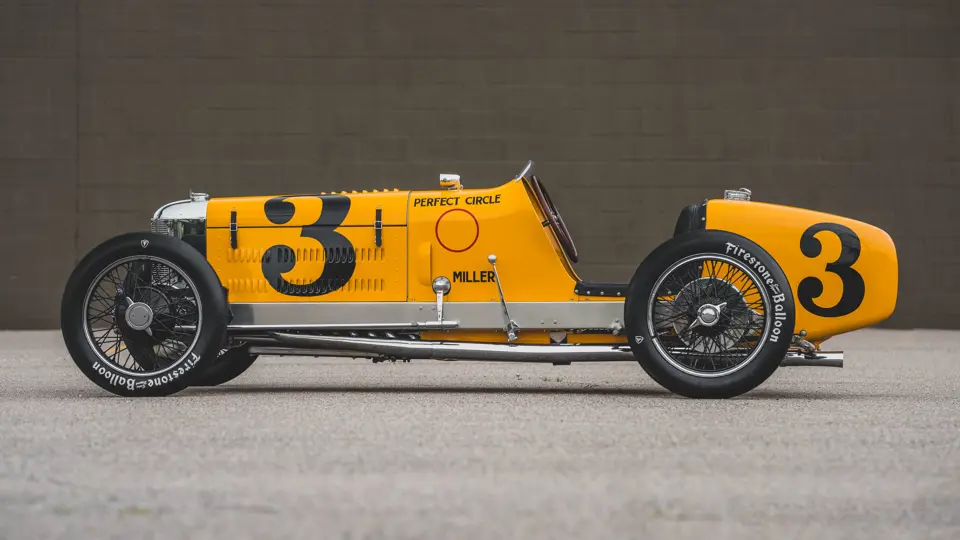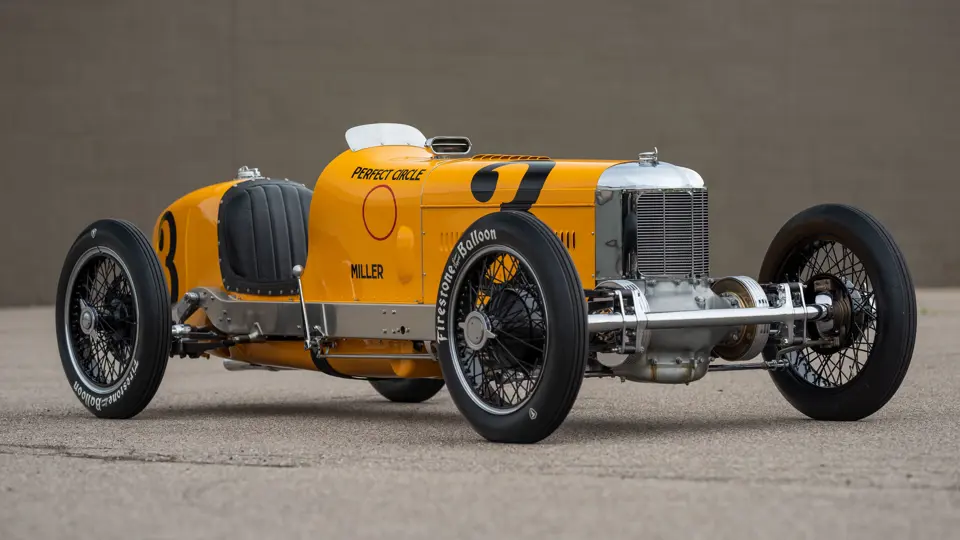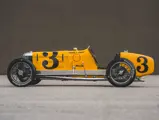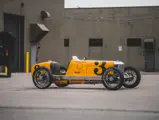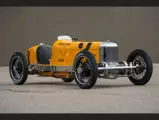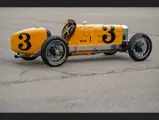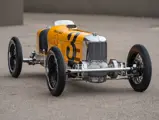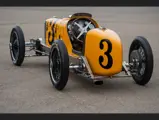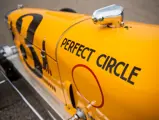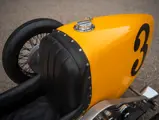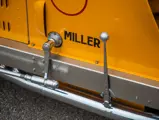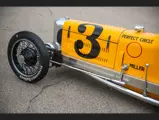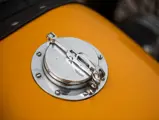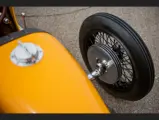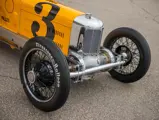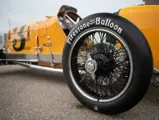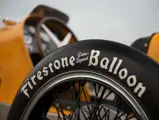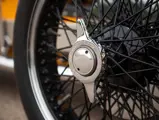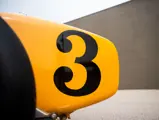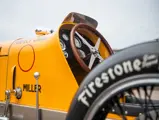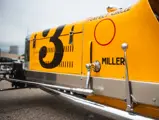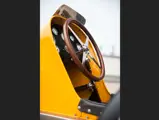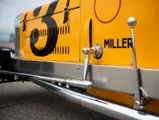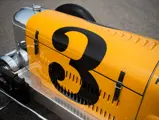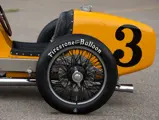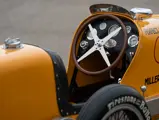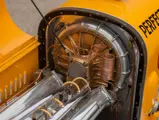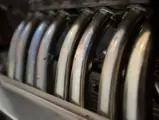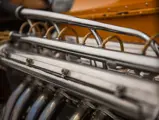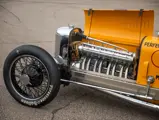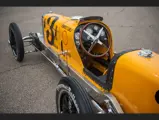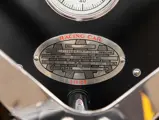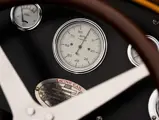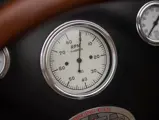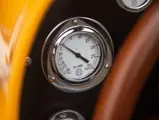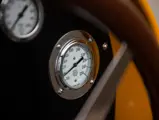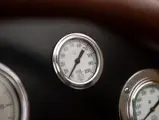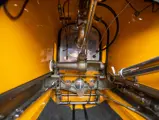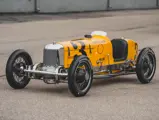
1927 Miller 91 Supercharged Front Drive "Perfect Circle" Indianapolis
{{lr.item.text}}
$650,000 USD | Sold
Offered From The Terence E. Adderley Collection
{{bidding.lot.reserveStatusFormatted}}
- Offered from the Terence E. Adderley Collection
- Well-preserved restoration by the noted Dave Hentschel for Miller aficionado Chuck Davis
- Restored with the engine believed to be from Pete DePaolo’s 1927 Indianapolis 500 entrant
- Award-winner in the special Miller class at Amelia Island in 2013
- One of the very few Miller 91 Front Drive cars in private ownership
Harry Miller ranks among the most idiosyncratic, famed, and successful racing car constructors of all time. His contributions to the design of American competition cars are legion, including developing the first aluminum pistons, but he is best-remembered for his all-conquering “Miller 91” of the late 1920s—which so dominated America’s speedways that the AAA literally changed the rules to the production-based “junk formula” to give others a chance.
The 91-cubic-inch, twin-cam eight-cylinder engine was supercharged to develop, in its initial form, 155 brake horsepower at 7,000 rpm, a figure that development soon raised to over 250 brake horsepower at 8,000 rpm—enormous figures for such a tiny jewel of an engine. It ran on both rear- and front-wheel-drive chassis, the gorgeously low-slung latter a configuration also pioneered by Miller, and which would inspire the similar layout of the Cord L-29 production car. On both it was renowned for its top-end speed, with Frank Lockhart achieving 170 mph in an era when the land speed record was just over 200 mph.
One of the 91-cubic-inch Front Drive Millers was sold by its builder in 1927 to the legendary Pete DePaolo, who reportedly paid $15,450, a remarkable figure at the time, and then invested another $5,000 with Miller for further enhancements. The car suffered from some teething problems with overheating and failure of the supercharger gears, but it was nonetheless one of the fastest racing cars in the country. After finally turning to another company to supply him better gears, DePaolo did well enough with it—winning the 1927 AAA National Championship!
The following year, 1928, the car was driven by DePaolo and Wilbur Shaw, then in 1929 by Bob McDonough. It was then sold to Harry Hartz, who rebuilt to meet the new “junk formula” regulations, widening the chassis and installing a Miller 122 engine, bored out to 151 cubic inches. In this car Billy Arnold won the Indianapolis 500 in 1930 and took the national championship for the year. An unfortunate accident prevented the car from competing at Indy the following year, and it crashed again the following season, only to be rebuilt and sold to Fred Frame. Pete Kreis drove the car again at Indianapolis in 1933, and Frame took the wheel the following year, crashing again. What is remarkable is despite its somewhat checkered history, the Miller was still successful; it finished 10th in 1935, then, in the ownership of Mike Boyle and with new Miller engines, qualified 3rd in 1936 and finished 3rd overall in 1937.
After yet another accident in 1939, and another rebuild, the Miller finally retired into history. However, avid Miller collector and historian Chuck Davis was able to resurrect it, gathering up numerous rare parts over many years, including, crucially, what he came to believe was the original DePaolo engine, with his typical patient diligence. The result was magnificently restored to the 1927 Indianapolis 500 configuration by the late Dave Hentschel, with its radiator shell, frame, body, and tanks meticulously recreated, and eventually acquired, following Mr. Davis’ passing, for the Adderley Collection. It was shown from the collection at the 2013 Amelia Island Concours d’Elegance, winning an Amelia Award in the hotly contested Cars of Harry Miller feature class.
Almost every extant Miller 91 Front Drive has now disappeared into museums, private or public, from which they are unlikely to emerge, most prominently the Smithsonian and the Indianapolis Motor Speedway Hall of Fame Museum—recognition of just how significant this design is to motorsport history. The example offered here is likely to be the only one available in the near future, and boasts an excellent restoration and a fascinating tale to tell, appropriate for a car built by one of the most interesting and influential figures in American racing.




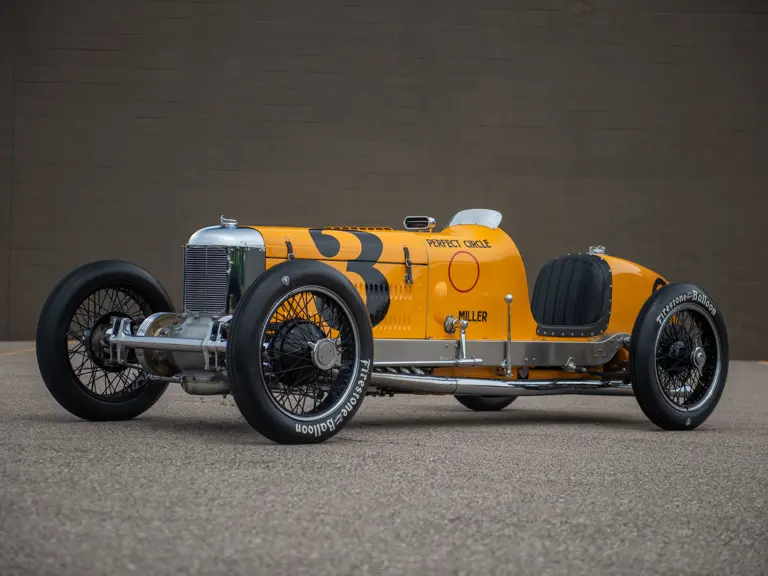
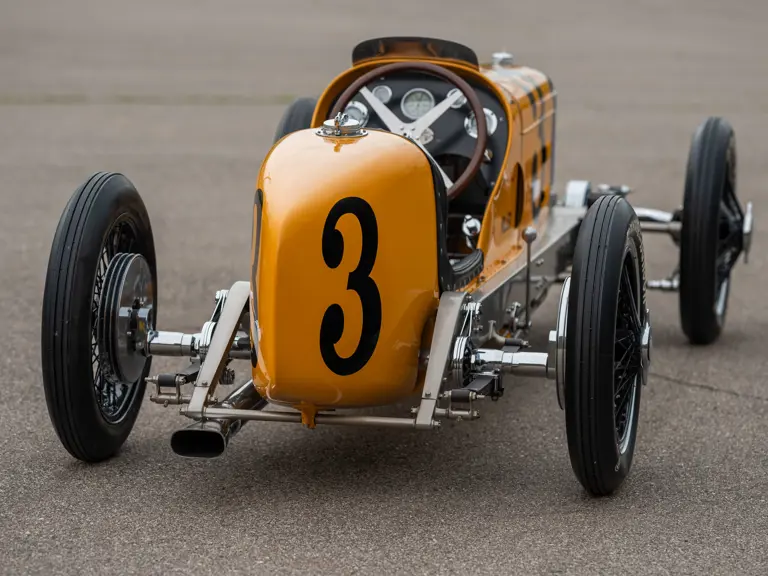
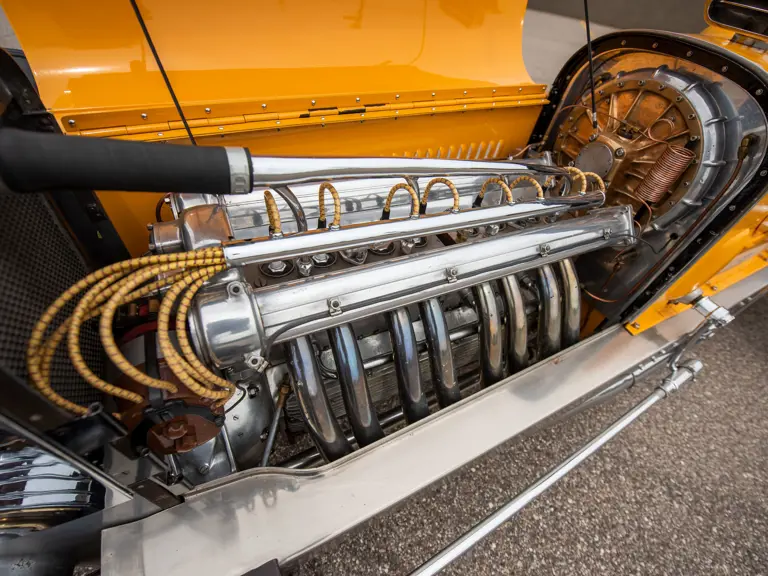
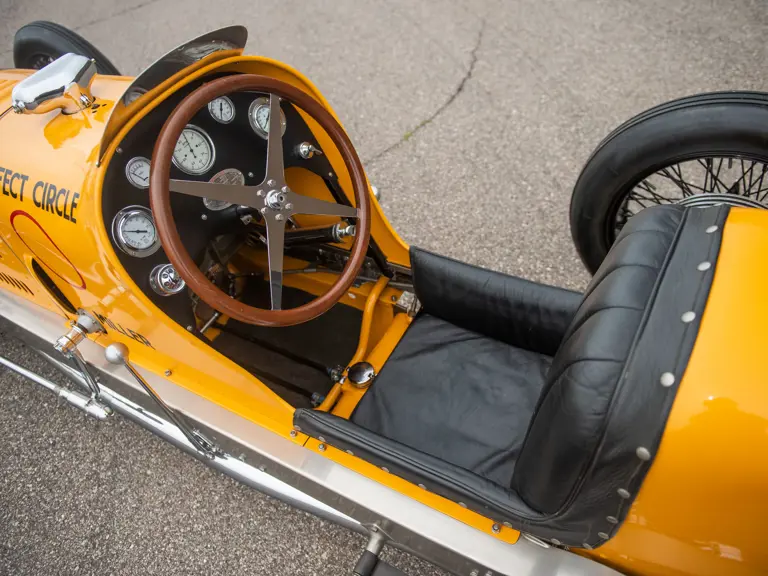

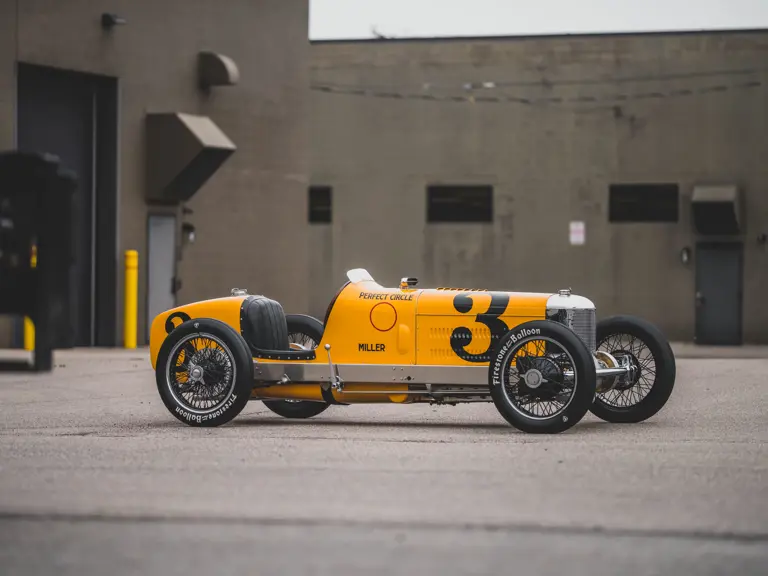
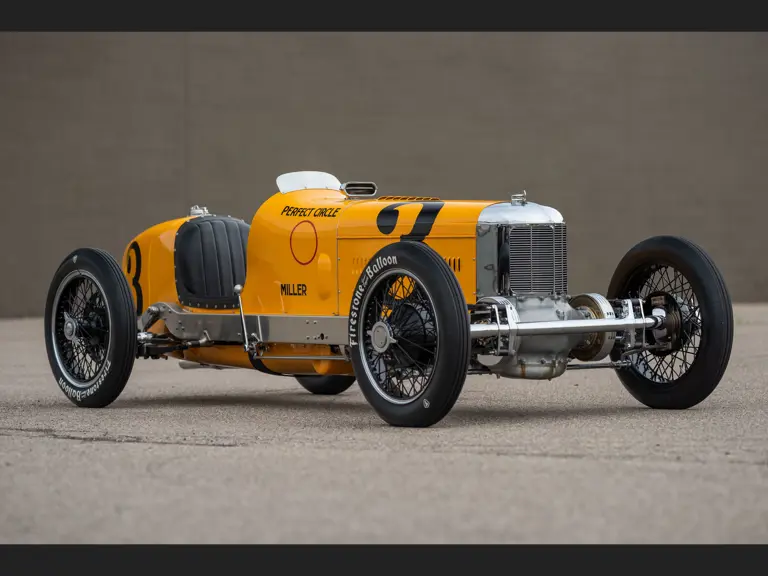

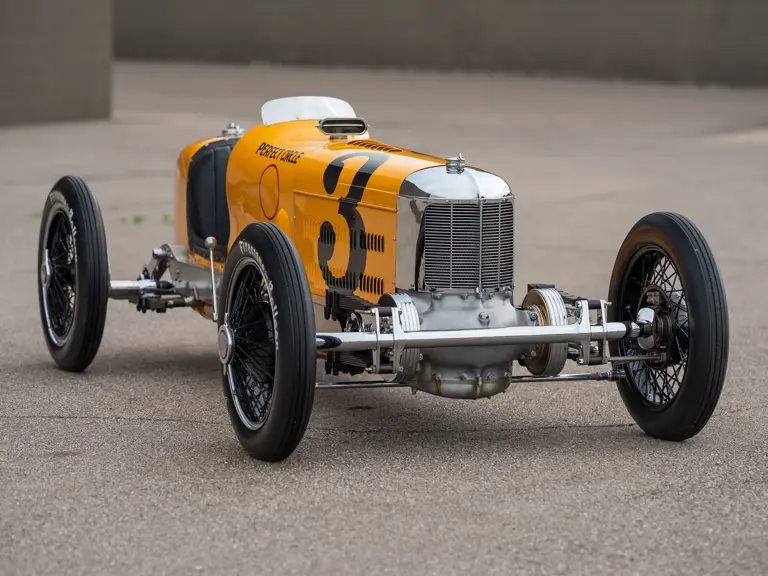
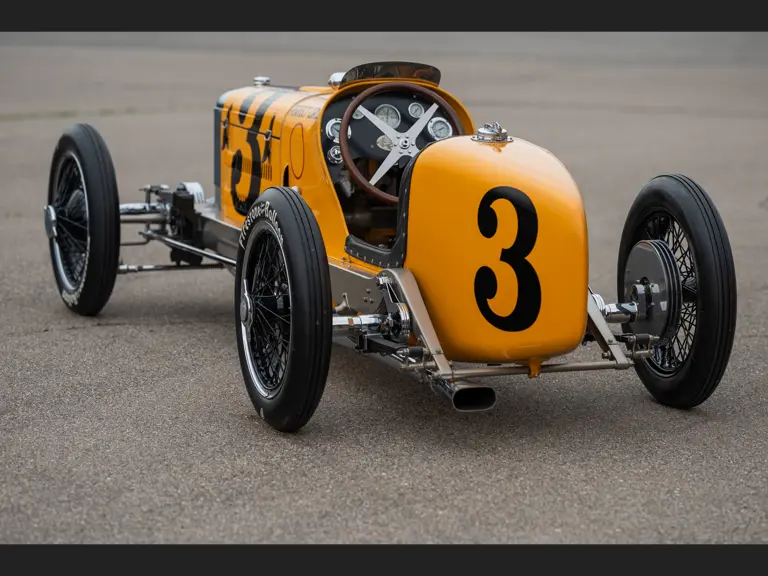
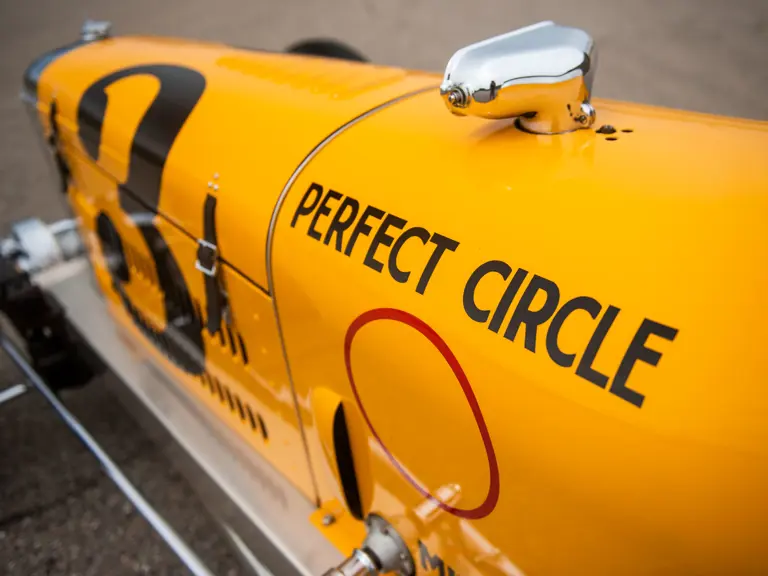

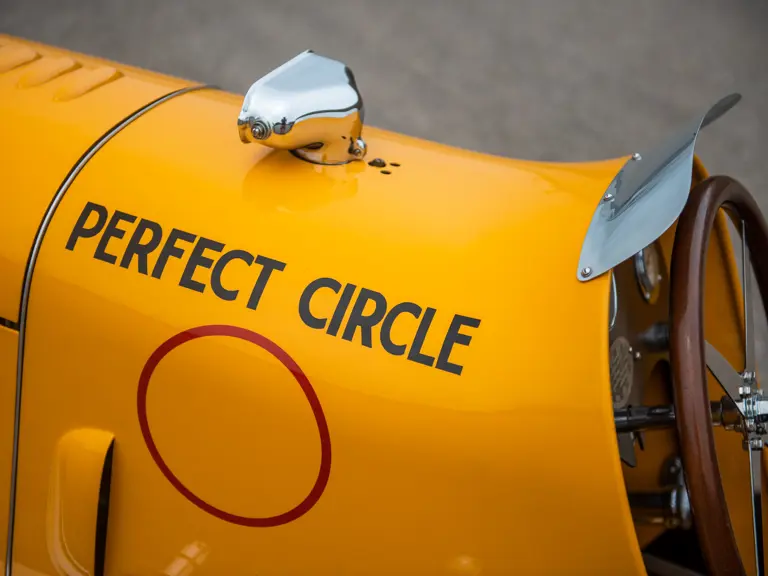

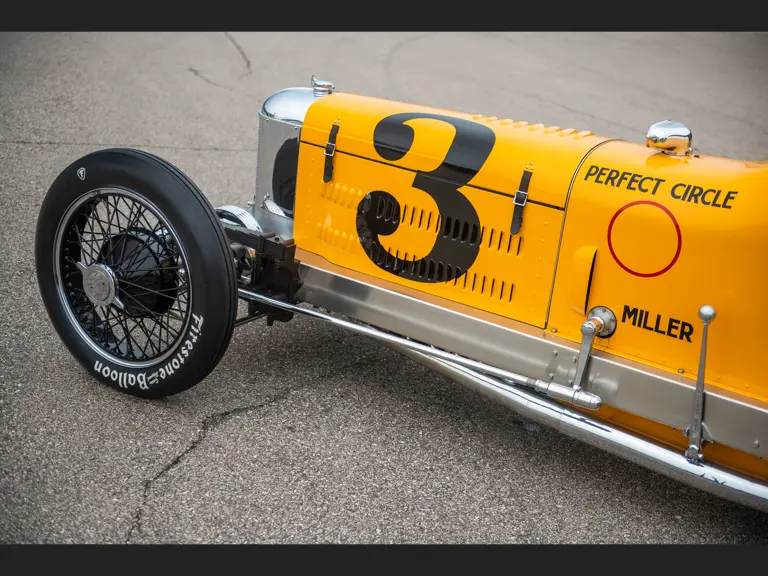
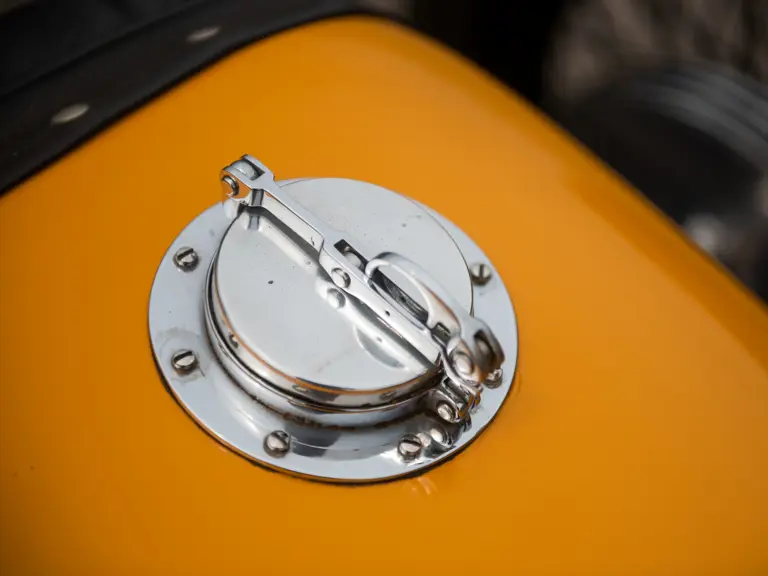
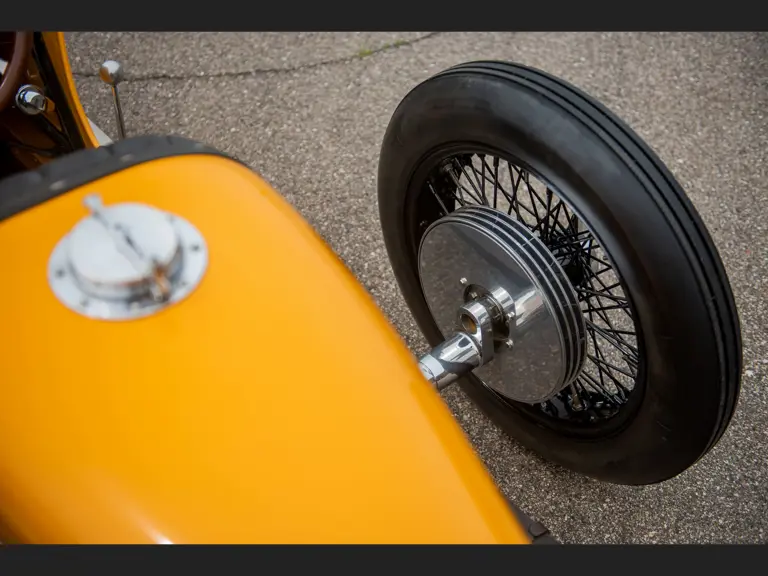
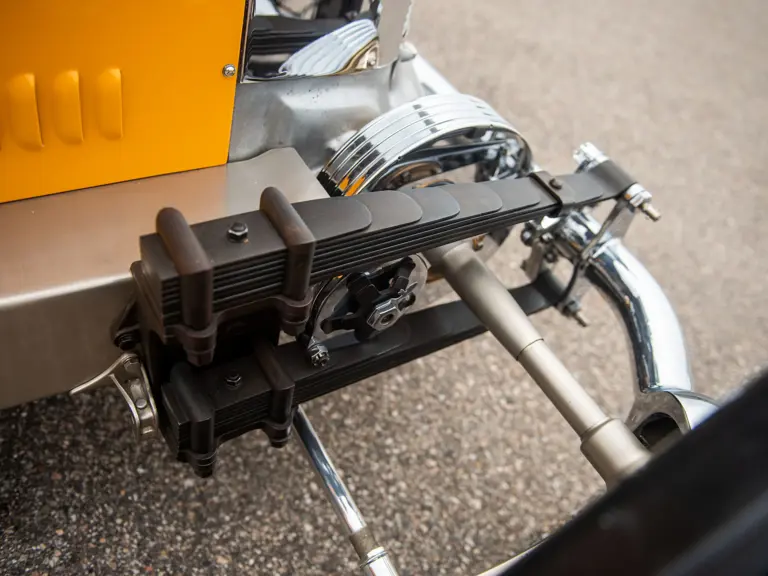

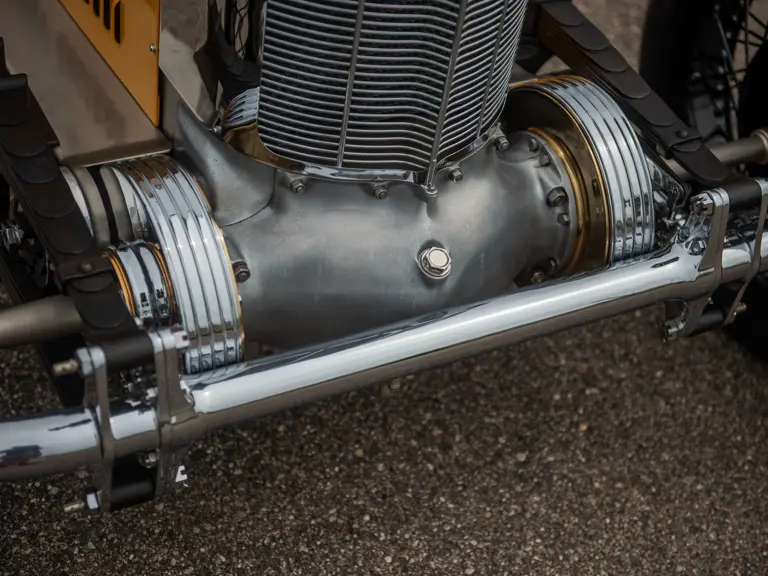
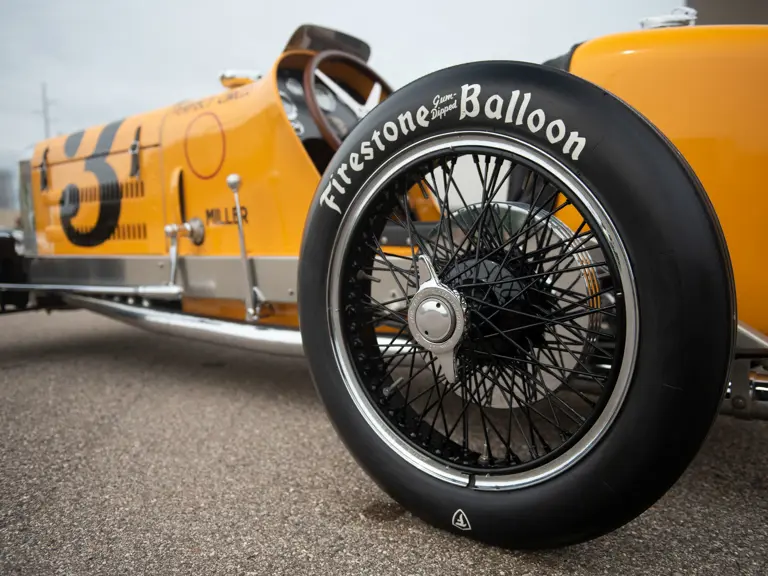

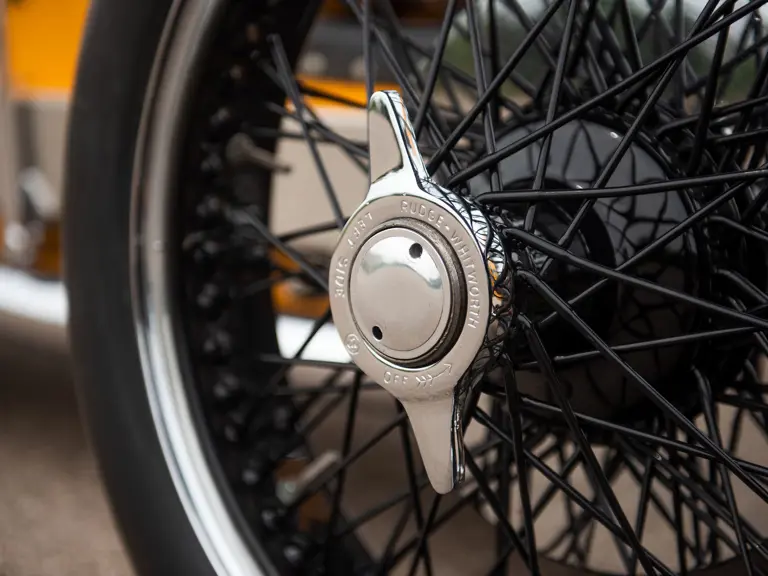
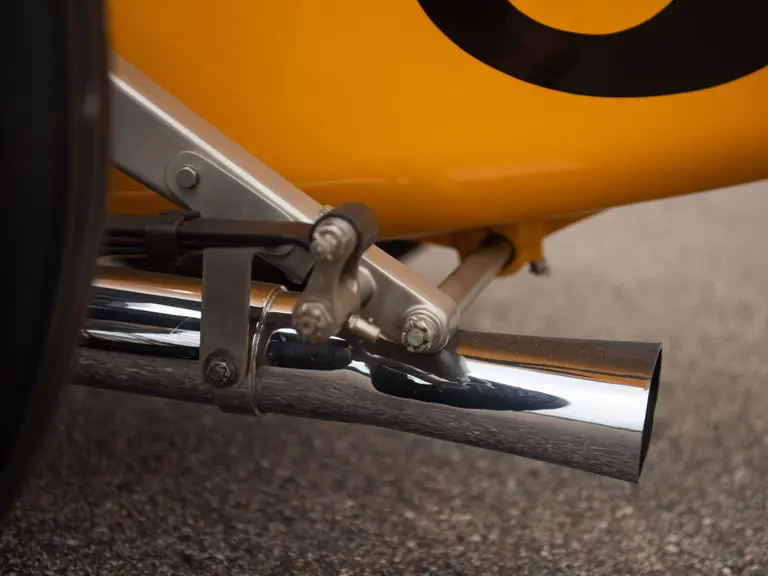
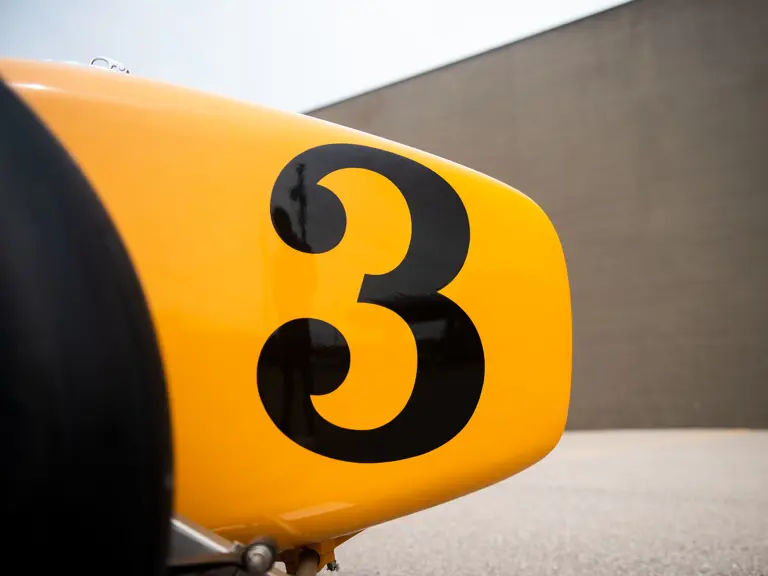
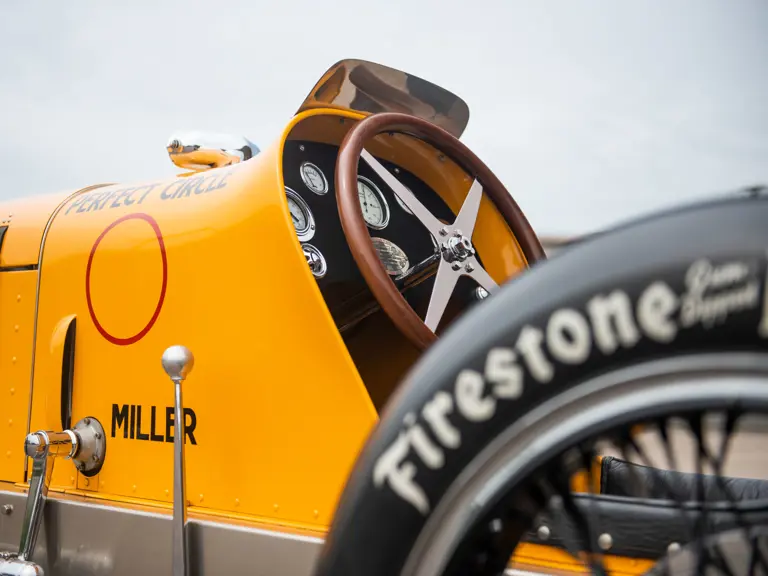
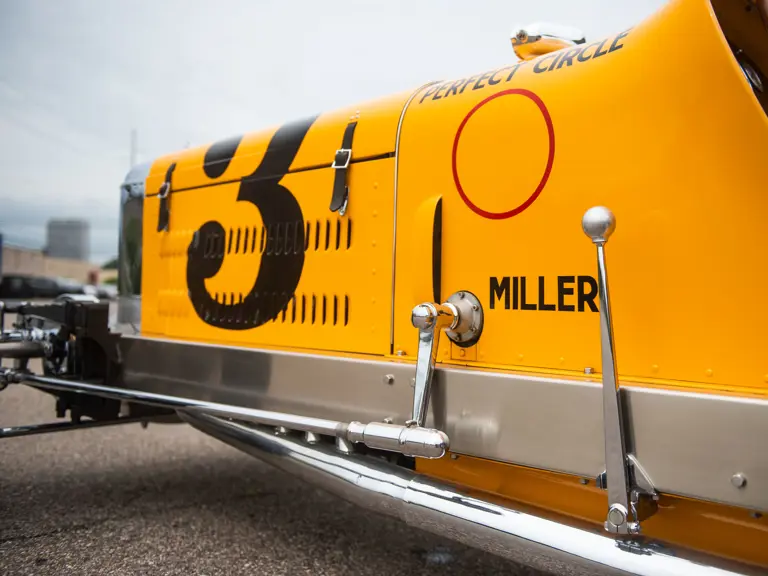
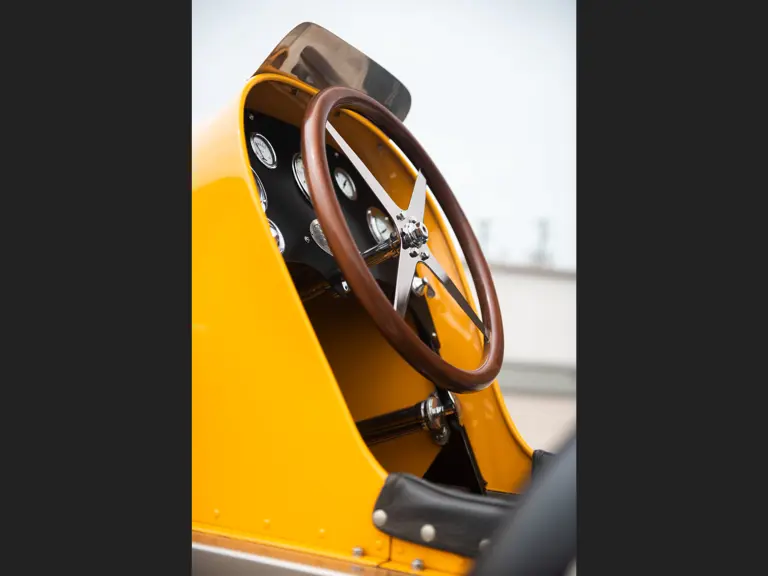
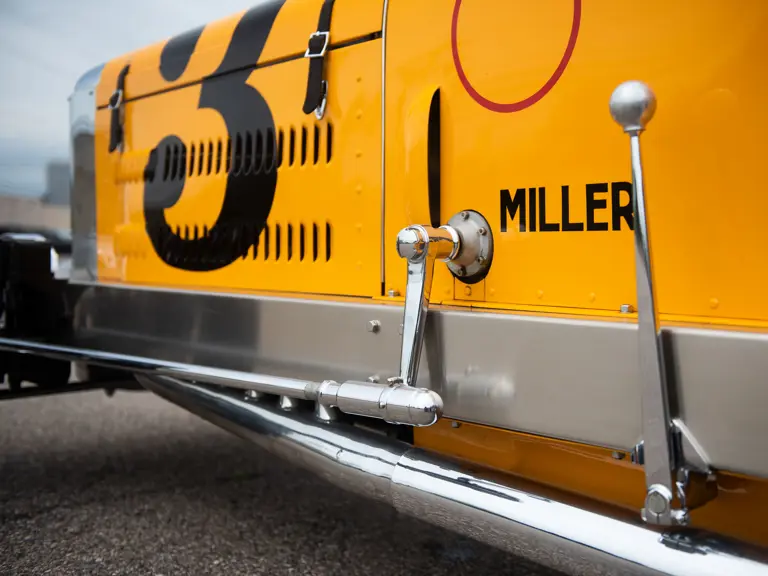
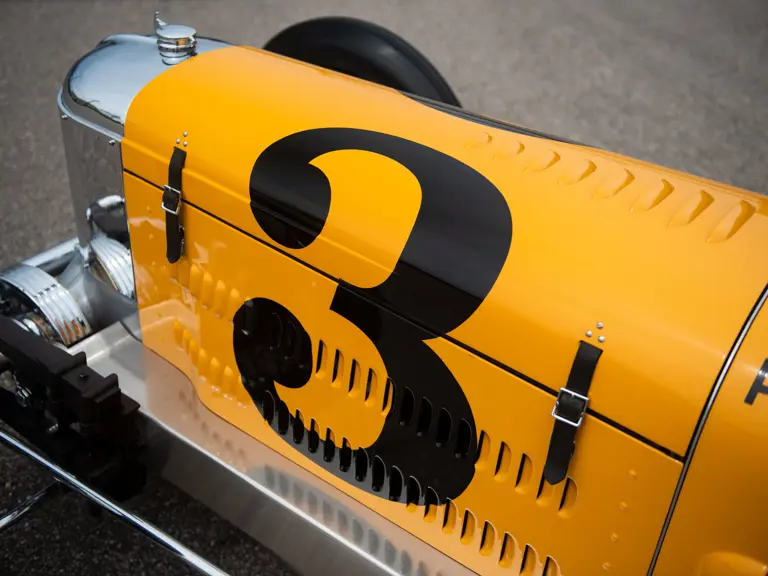
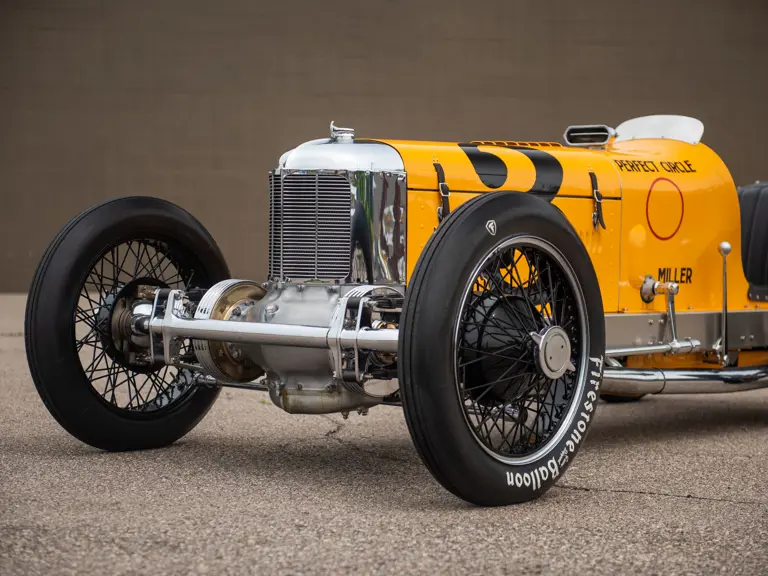
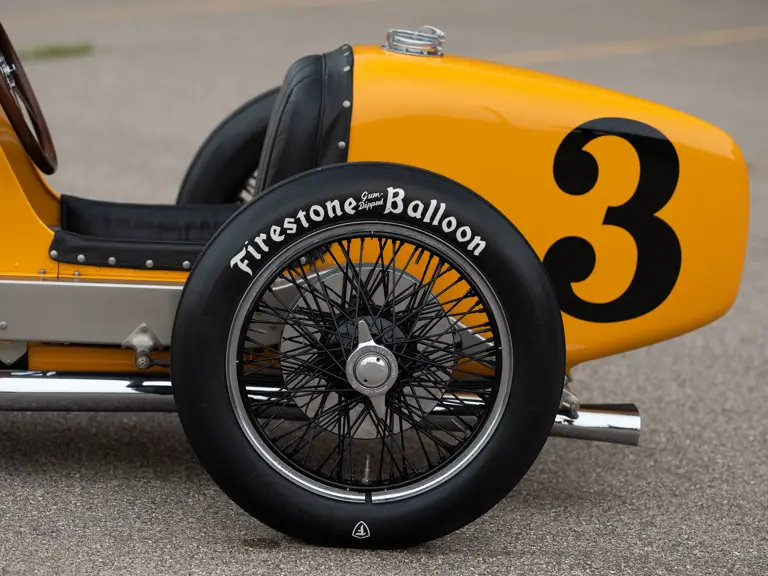

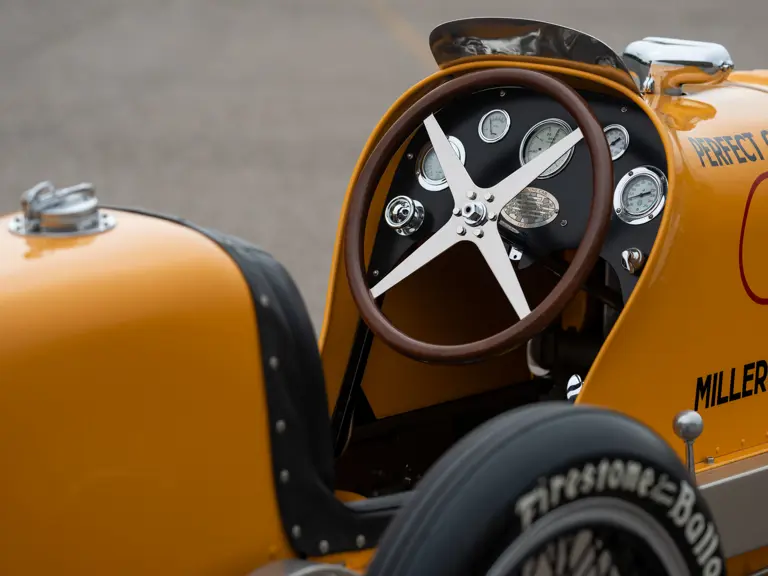

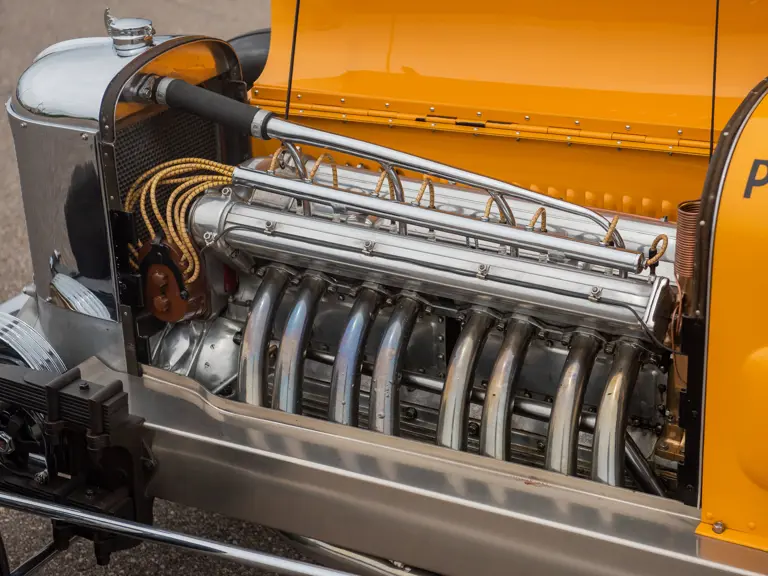


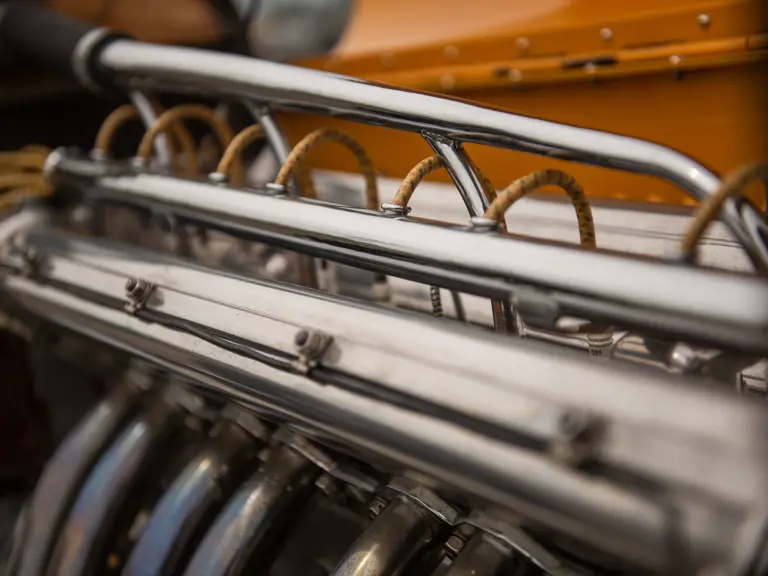
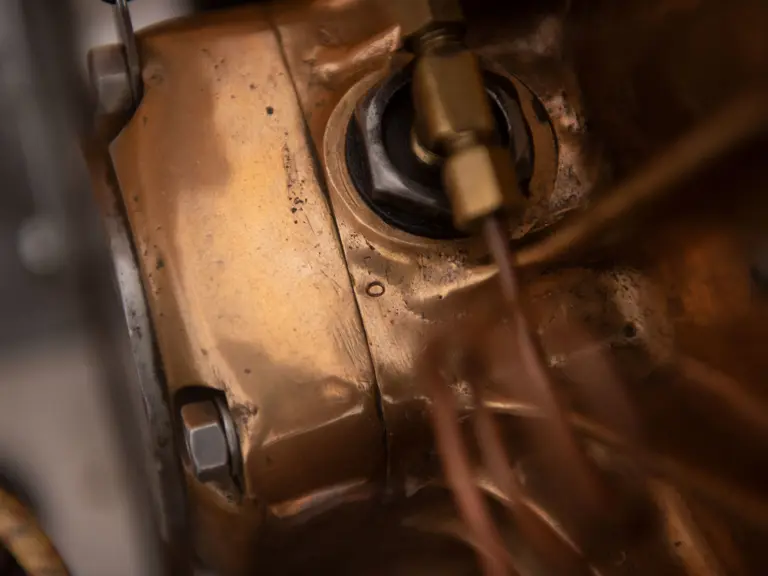

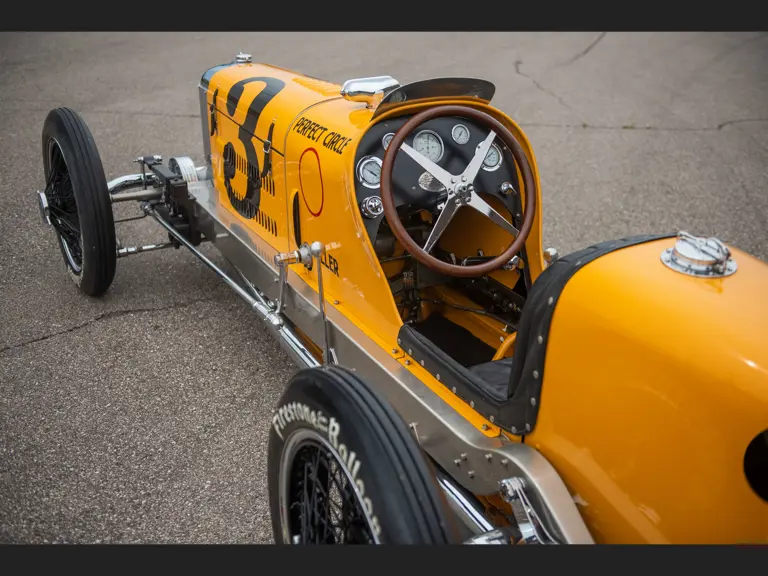

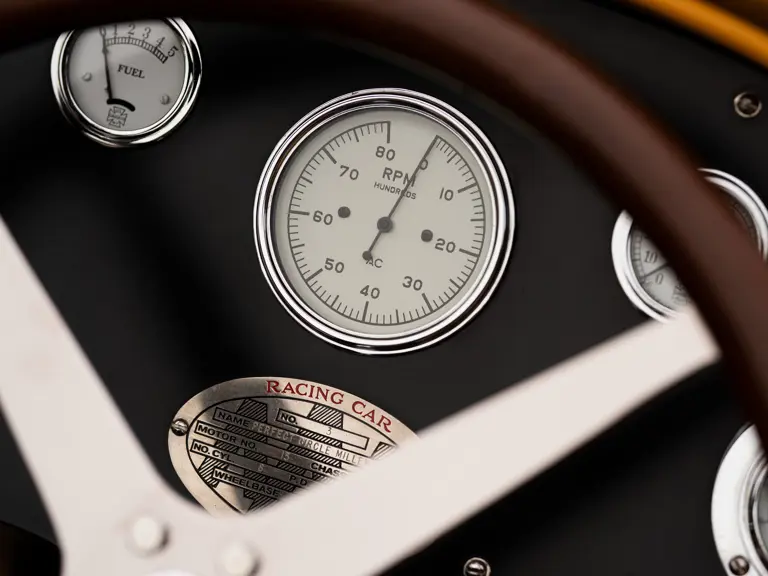
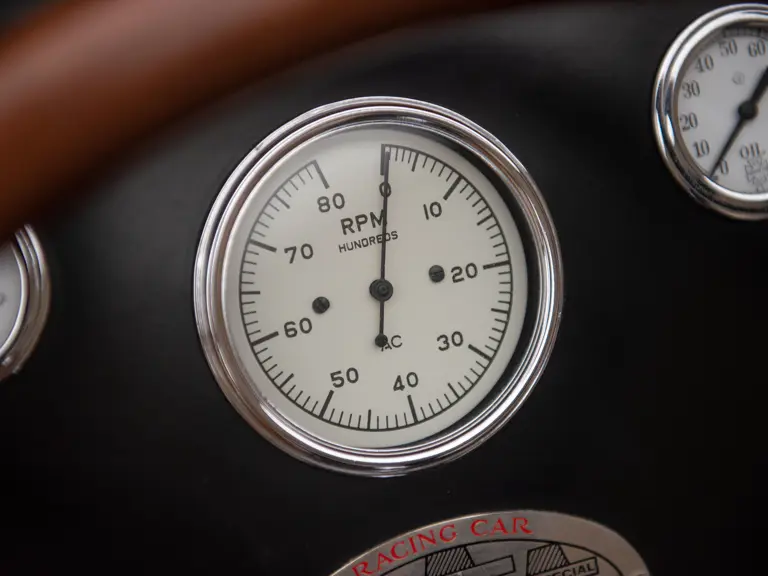
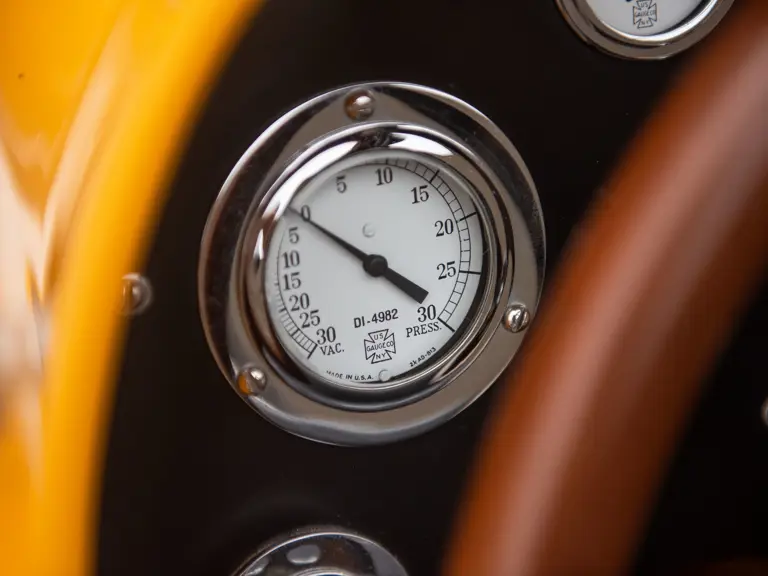
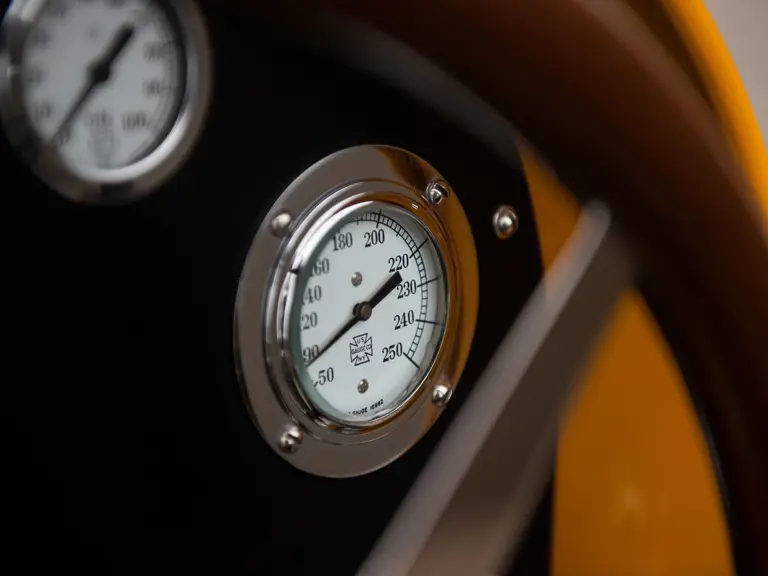
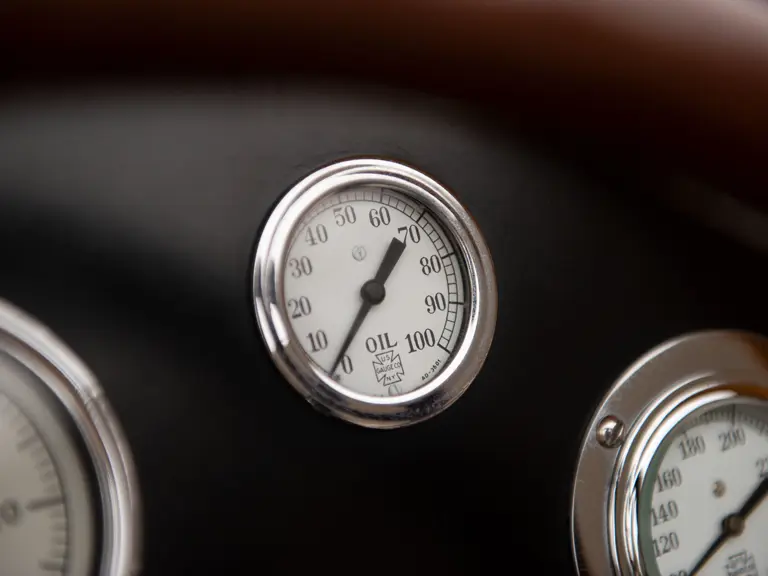
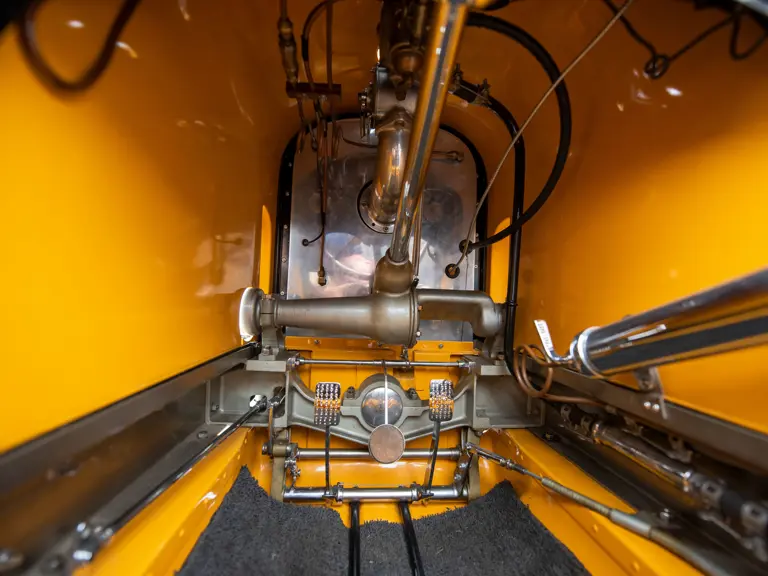
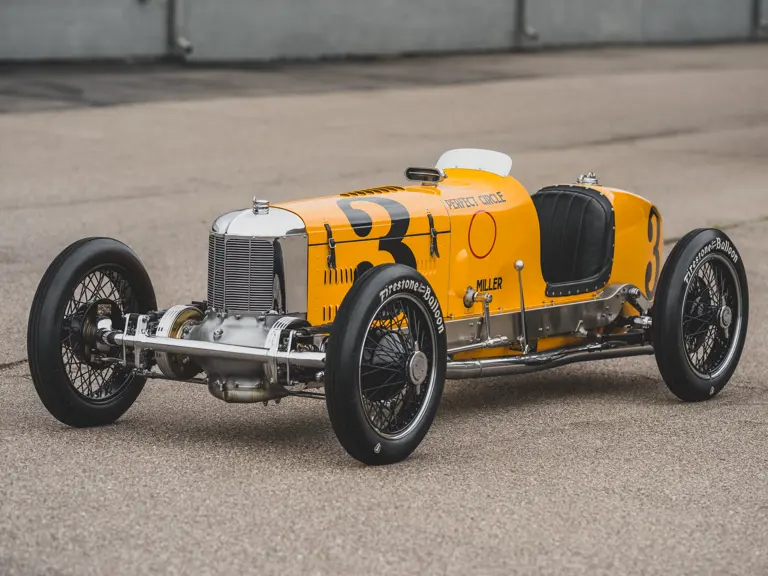
 | Monterey, California
| Monterey, California
